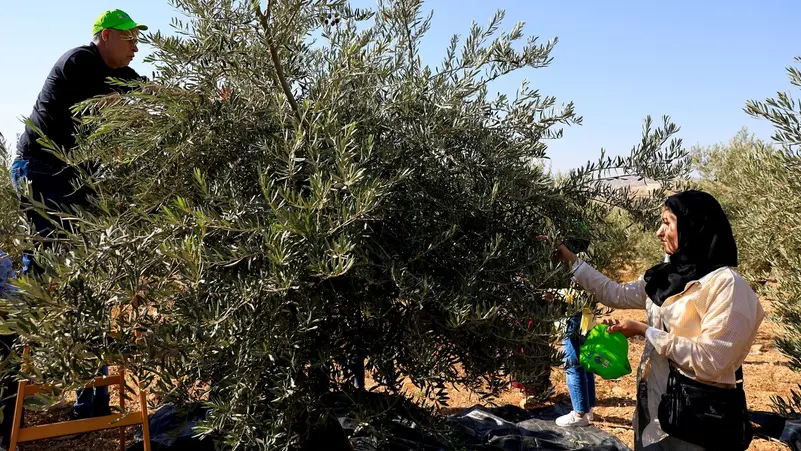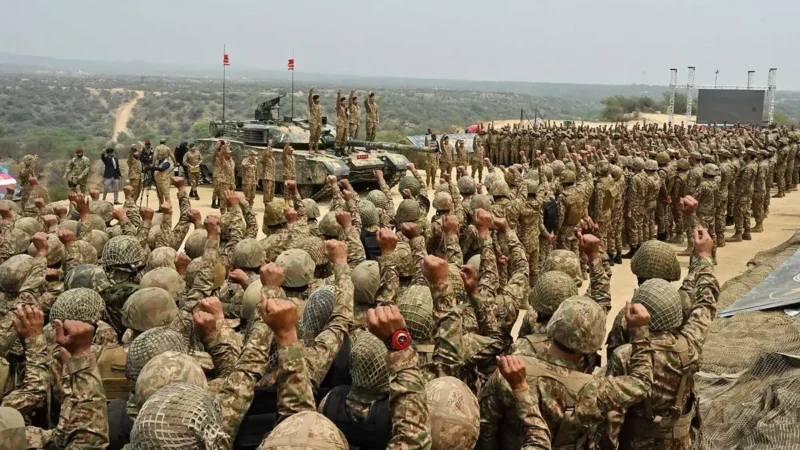Mideast’s Jordan River: Rich in holiness, poor in water

Sign up to our Evening Headlines email for your daily guide to the latest news Sign up to our free US Evening Headlines email Please enter a valid email address Please enter a valid email address SIGN UP I would like to be emailed about offers, events and updates from The Independent. Read our privacy notice Thanks for signing up to the
Evening Headlines email {{ #verifyErrors }}{{ message }}{{ /verifyErrors }}{{ ^verifyErrors }}Something went wrong. Please try again later{{ /verifyErrors }}
Kristen Burckhartt felt overwhelmed. She needed time to reflect, to let it sink in that she had just dipped her feet in the water where Jesus is said to have been baptized, in the Jordan River.
“It’s very profound,” said the 53-year-old visitor from Indiana. “I have not ever walked where Jesus walked for one thing.”
Here, tourists and pilgrims, many driven by faith, come to follow in Christ’s footsteps, to touch the river’s water, to connect to biblical events.
Symbolically and spiritually, the river is of mighty significance to many. Physically, the Lower Jordan River of today is a lot more meager than mighty.
By the time it reaches the baptismal site, its dwindling water looks sluggish, a dull brownish green shade.
Its decline is intertwined with the decades-old Arab-Israeli conflict and rivalry over precious water in a valley where so much is contested.
A stretch of the river, for instance, was a hostile frontier between once-warring Israel and Jordan. The waterway also separates Jordan to the east from the Israeli-occupied West Bank, seized by Israel in a 1967 war and sought by the Palestinians for a state.
“It’s a victim of the conflict, definitely. It’s a victim of people, because it’s what we did as people to the river, basically, and now adding to all this it’s a victim of climate change,” said Yana Abu Taleb, the Jordanian director of EcoPeace Middle East, which brings together Jordanian, Palestinian and Israeli environmentalists and lobbies for regional collaboration on saving the river. “So it’s a victim in every way.”
EcoPeace has said for years that the Lower Jordan, which runs south from the Sea of Galilee, is threatened by decades of water diversions and by pollution. Only a tiny fraction of its historical water flow now reaches its terminus in the Dead Sea.
Standing at the Jordanian baptismal site Bethany Beyond the Jordan, Burckhartt grappled with many emotions — among them, sadness for the river’s dwindling.
“I am sure God above is also sad.”
___
The river’s opposing banks are home to rival baptismal sites where rituals of faith unfold, a reflection of the river’s enduring allure.
The river holds further significance as the scene of miracles in the Old Testament.
At the Jordanian baptismal site on a recent day, a woman dipped her feet in the waters and then cupped some with her hands, rubbing it on her face and head. Others crossed themselves or bent to fill bottles.
Rustom Mkhjian, director general of the Baptism Site Commission in Jordan, spoke passionately about the Jordanian site’s claim to authenticity — UNESCO has declared it a World Heritage Site “of immense religious significance to the majority of denominations of Christian faith, who have accepted this site as the location where Jesus” was baptized.
“Every year we celebrate interfaith harmony, and among my happiest days in my life is days when I see Jews, Christians and Muslims visit the site and the three of them cry,” Mkhjian said.
The Jordanian and West Bank sites give visitors access to a narrow stretch of the river, where they face people on the other side. An Israeli flag at the West Bank’s Qasr al-Yahud serves as a reminder that the river is a frontier separating the two worlds.
That site is also billed as the place where Jesus was baptized. Jordan and Israel, which signed a peace treaty in 1994, compete for these people’s tourism dollars.
Several people in flowing white robes waded in from the West Bank. Visitors in another group there stood on the bank or in the water as two men in black poured river water over their heads.
“Oh, Brothers, let’s go down. … Down in the river to pray,” some sang.
___
Such serene moments contrast with the hostilities that have played out on the river’s banks.
“Any fresh water left in the river would have in the past been seen as empowering the enemy,” said Gidon Bromberg, EcoPeace Middle East’s group’s Israeli director. “You take everything that you can.”
“Israel, from a historical perspective, has taken about half the water, and Syria and Jordan have taken the other half,” Bromberg said.
Palestinians can no longer access or use water from the Jordan, a 2013 U.N.-German report noted. Syria doesn’t have access either but has built dams in the Yarmouk River sub-basin, which is part of the Jordan River basin, it added.
“The Jordan River in the past, for Palestinians, meant livelihoods and economic stability and growth,” said Nada Majdalani, EcoPeace’s Palestinian director. Now, she added, it has been reduced to an “ambition of statehood and sovereignty over water resources.”
The river’s decline, she said, is especially disappointing to elderly Palestinians who remember “how they used to go fishing, how they used to have a dip in the river.”
Bromberg said that “from a Jewish tradition, you know, the river and its banks are a place of miracles … (but) it doesn’t reflect a place of miracles in its current depleted state.”
___
In July, Israel approved plans to rehabilitate a stretch of the Lower Jordan, a decision Environmental Protection Minister Tamar Zandberg called “historic.”
“For decades it was neglected and most of its waters were taken, and it effectively turned into a sewage canal,” Zandberg said in a statement. “In an era of climate crisis and a serious ecological crisis, there is double significance to rehabilitating the River Jordan.”
Speaking by phone, Zandberg said the plan focuses on a stretch that runs in Israeli territory and reflects Israel’s improved water situation given its desalination program, which has left it much less reliant on water it has been using from the Sea of Galilee.
“It can provide a success story on that segment, and then it will enable more successful partnerships in the future” in the region.
That’s something that hasn’t always come easily
A regional rehabilitation and development master plan announced in 2015 by EcoPeace and others was adopted by Jordan but not by the Israelis or Palestinians due to outstanding “final-status” peace process issues, according to the group.
Political tensions have stalled other efforts.
And not everyone welcomes, or trusts, EcoPeace’s work.
“We’re always accused of being ‘normalizers,’” or having normal relations with Israel, said Abu Taleb, the group’s Jordanian director. That is a contentious topic, unpopular among many Arabs, due to factors such as Israeli occupations and a lack of a resolution to the Palestinian issue.
Bromberg said he, too, has encountered criticism from a vocal minority in Israel “inappropriately” branding the group’s advocacy as benefiting Jordanians and Palestinians at the expense of Israeli interests.
Water woes also complicate revival efforts.
Jordan is one of the world’s most water-scarce nations, its challenges compounded by a growing population swelled by waves of refugees. Climate change threatens to exacerbate such problems.
“We are under stress, so we don’t have a surplus to add to the Jordan River and to revive it,” said Khalil Al-Absi, a Jordanian official with the Jordan Valley Authority. He added: “We have many beautiful ideas for the Jordan River, but there are limitations.”
For all the challenges facing the river, Al-Absi said he remains optimistic. The alternative could be grim.
“Water is life,” Al-Absi said. “Without water, there is no life.”
___
Fam reported from Bethany Beyond the Jordan and Amman in Jordan. Associated Press writer Ilan Ben Zion in Jerusalem contributed to this report.
___
Associated Press religion coverage receives support through the AP’s collaboration with The Conversation US, with funding from Lilly Endowment Inc. The AP is solely responsible for this content.






